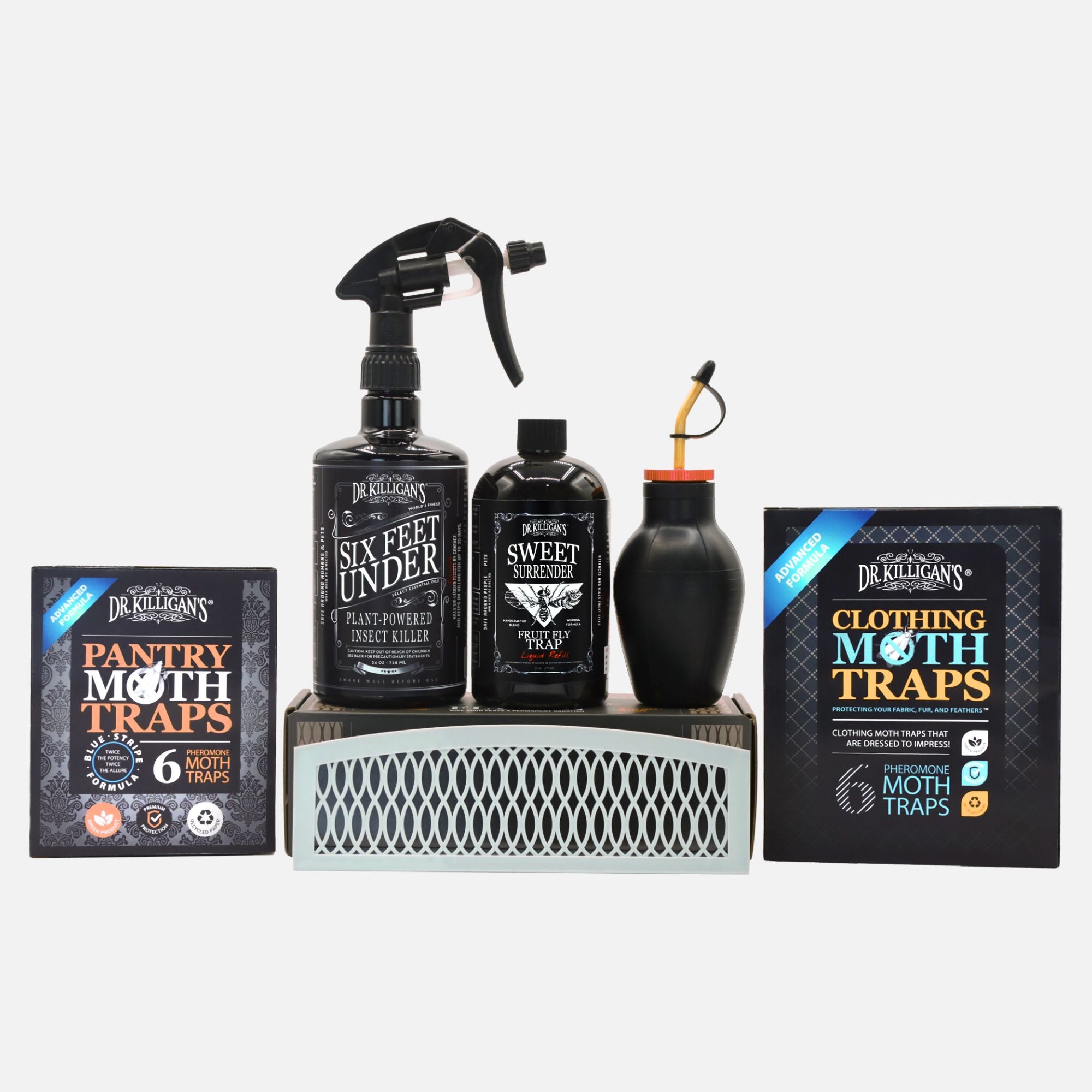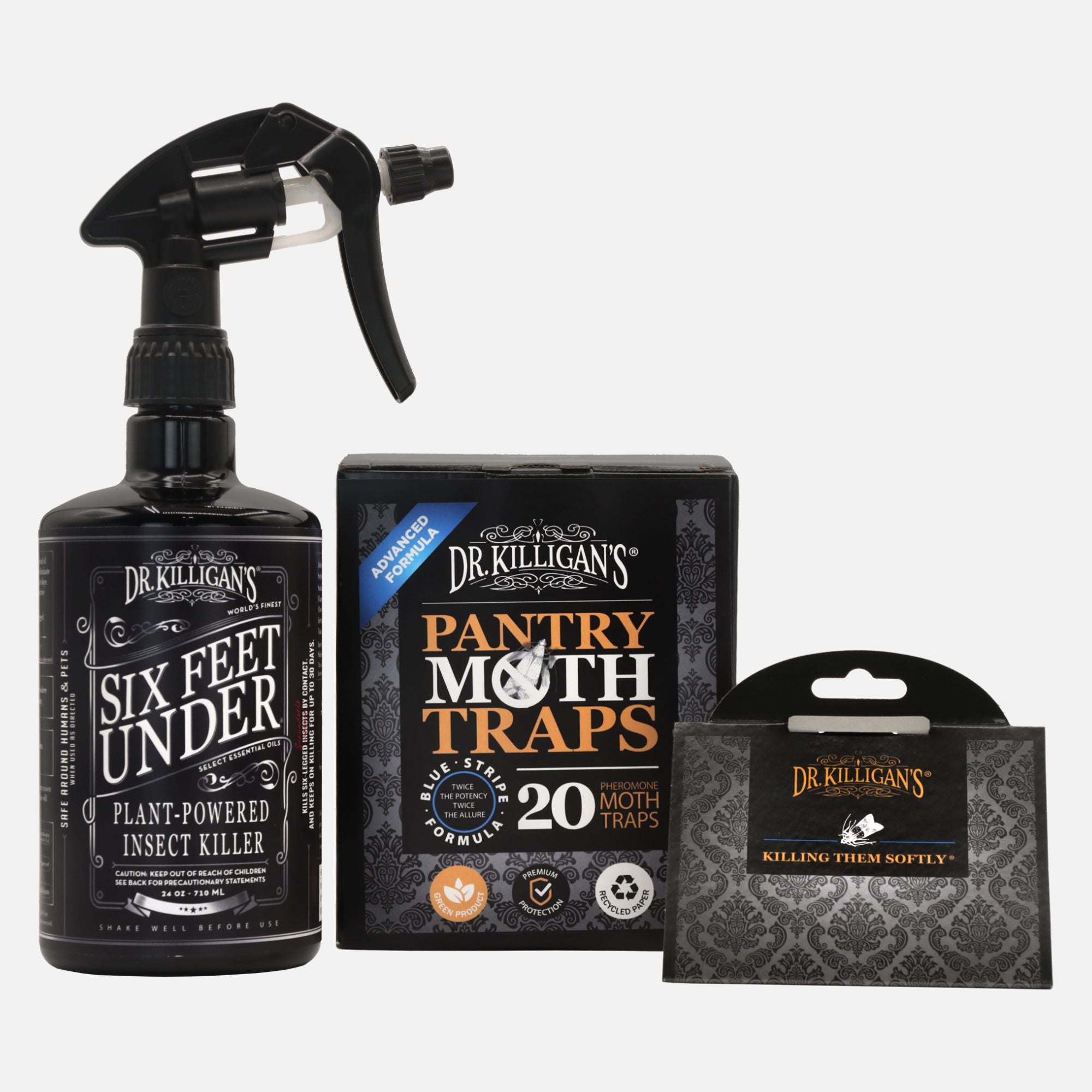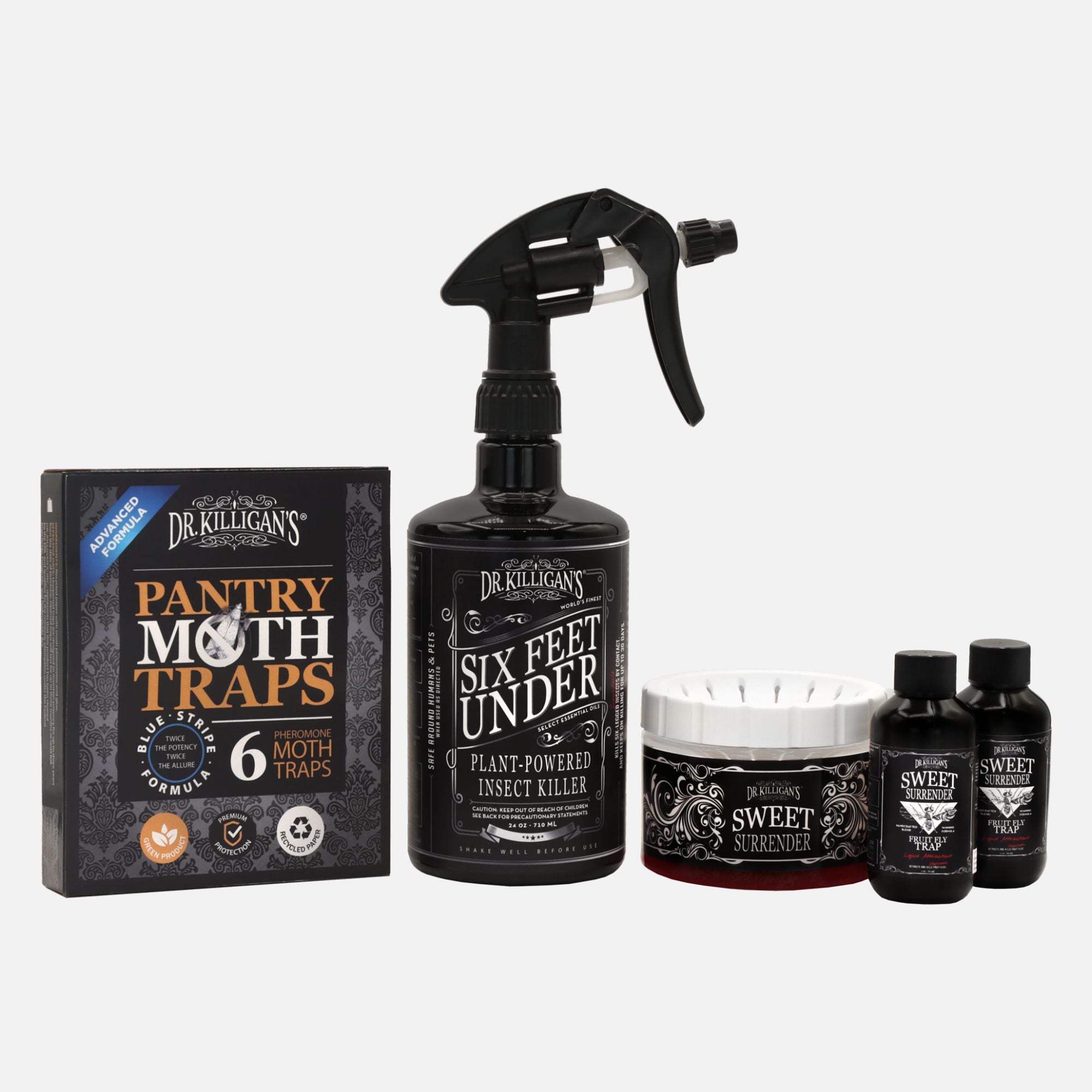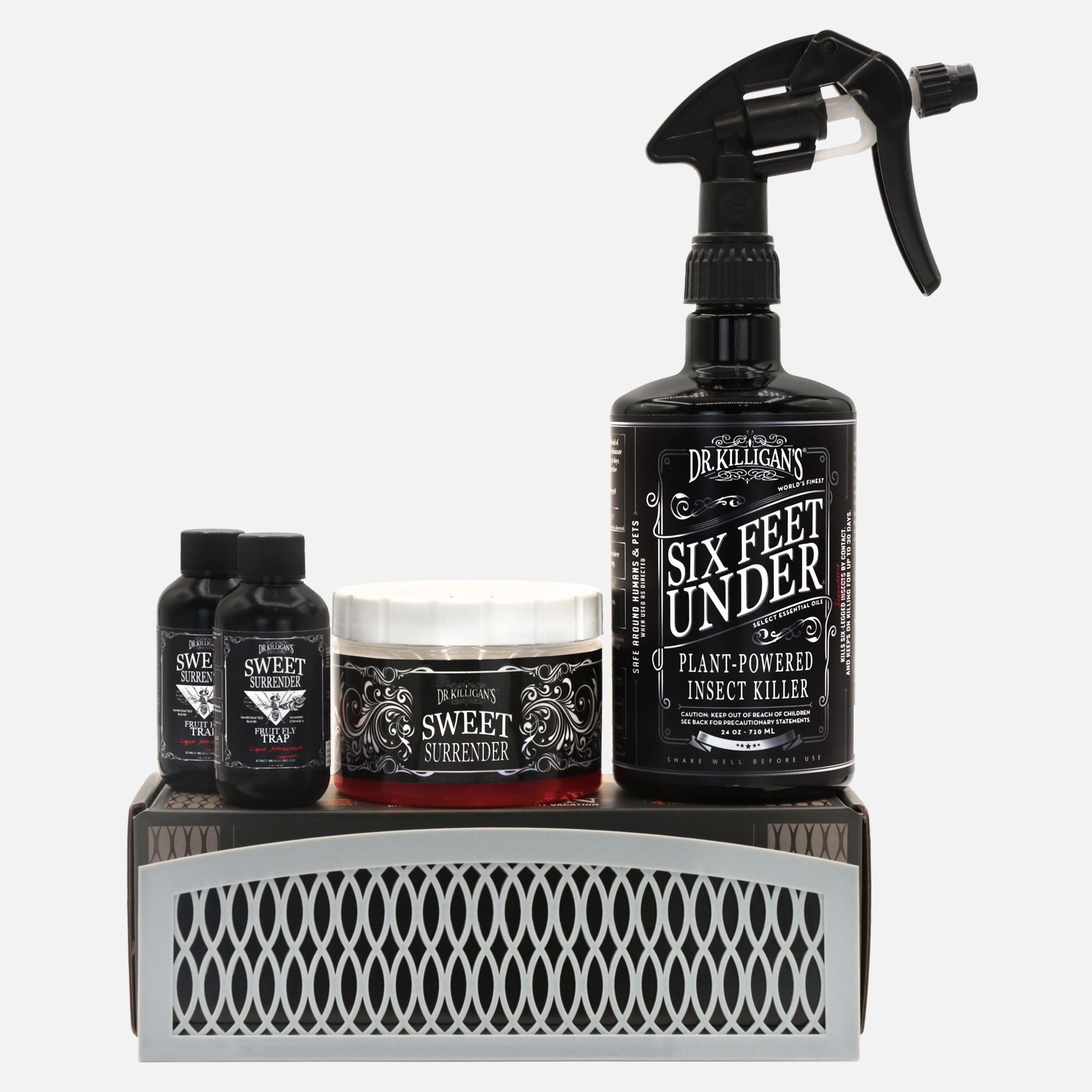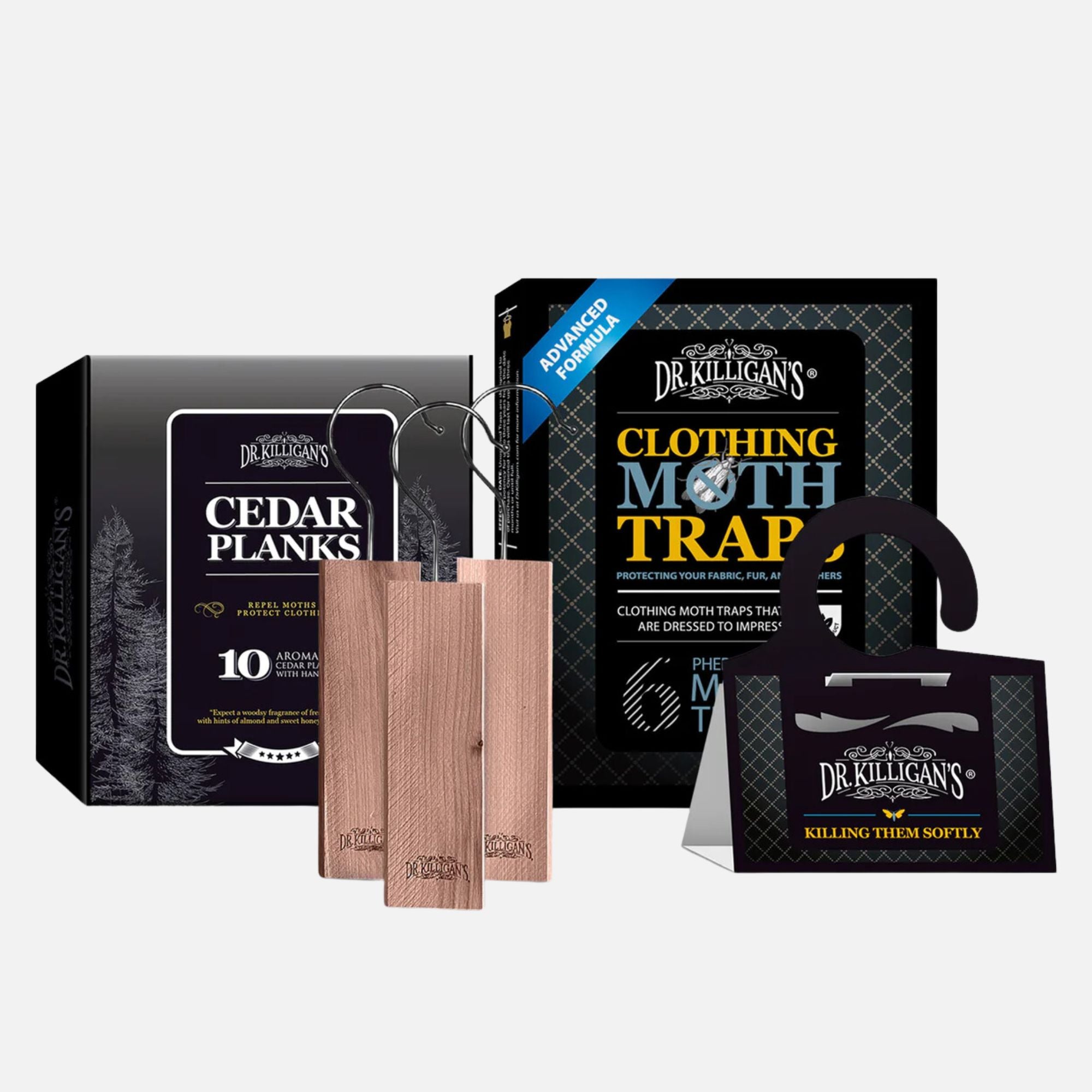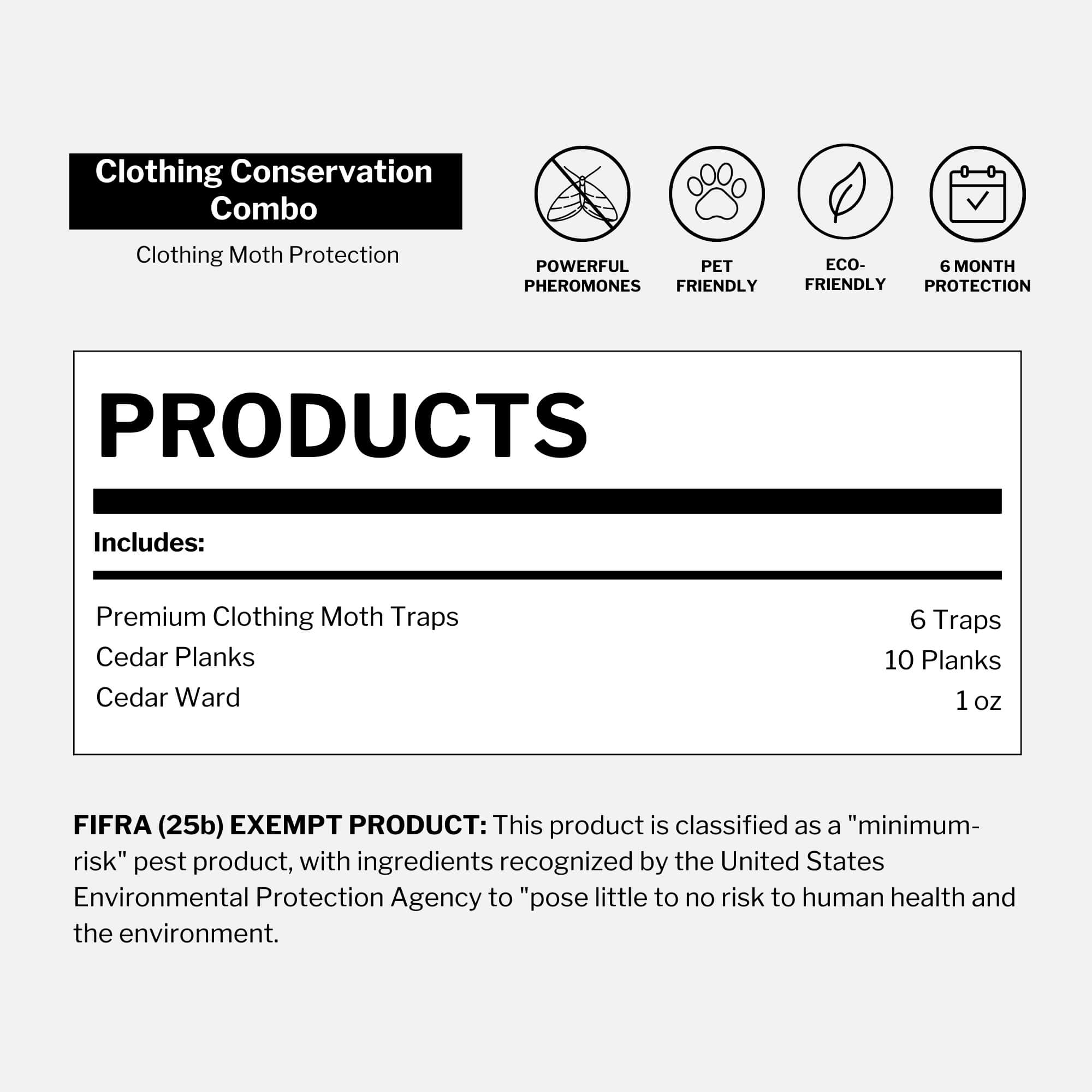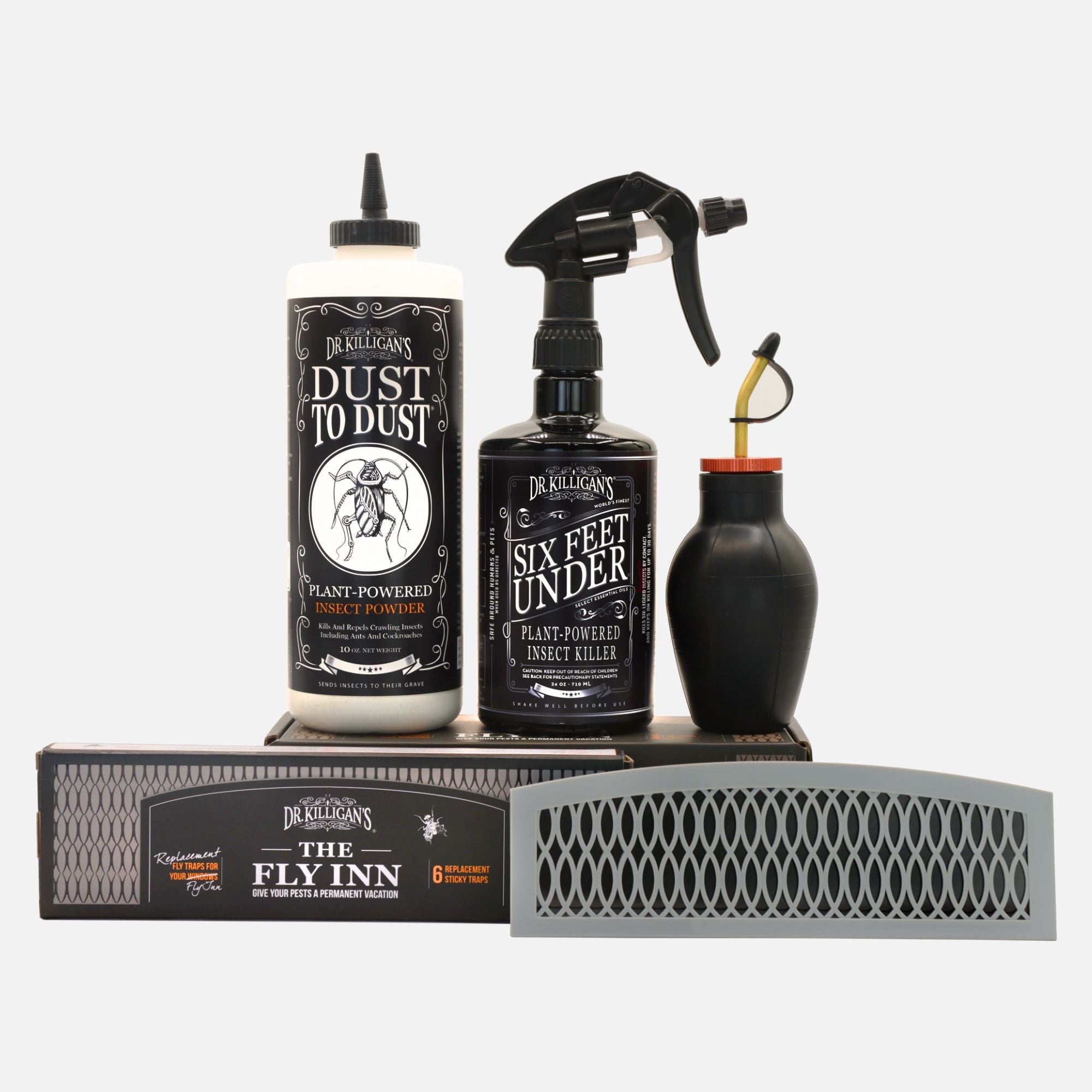Greetings, enlightened homeowners! Dr. Killigan here, and today we're diving deep into a topic that affects many households: the use of toxic chemicals in home pest control. If you think you're doing your home a favor by blasting pests with strong chemical agents, think again. While they may kill the bugs, these chemicals can also seriously compromise your health.
There's an alarming lack of awareness about the harmful substances we introduce into our living spaces under the guise of home pest control. From aerosol sprays, bug foggers and moth balls to traps laced with permethrin and other harmful substances, these toxic traps are everywhere. Let’s unmask the truth and find sustainable alternatives.
The pervasiveness of toxic chemicals in pest control
Toxic chemicals are ubiquitous in the pest control aisle of your local store. From rat poisons containing warfarin or bromadiolone to insecticides with pyrethroids, the list is long and concerning. These chemicals are not to be taken lightly; they are engineered to kill and can have harmful effects on other forms of life, including humans and pets.

In addition to misleading marketing, the lack of clear labeling compounds the problem. Regulations on listing the chemicals used in these products can vary and are often not stringent enough, leading to obscured or incomplete ingredient lists. For example, a product might list its "active" ingredients while neglecting to inform the consumer about other, potentially harmful, "inactive" ingredients. This absence of full disclosure makes it difficult for consumers to make informed decisions, and they may unknowingly introduce harmful substances into their living environments. In some cases, even QR codes or links that promise to direct consumers to full ingredient lists end up leading to generic websites that lack specific information on toxicity and safe handling.
By obscuring the presence of toxic chemicals through marketing and labeling tactics, companies are not only putting consumers at risk but are also contributing to a larger environmental problem. Without full awareness of what they're using, consumers are less likely to take proper precautions when disposing of these products, potentially leading to soil and water contamination.
Health risks and diseases associated with toxic chemicals
The risks of toxic chemicals in pest control are both immediate and long-lasting, affecting not just you but also your loved ones and pets. These risks can cause long-term health complications.
Short-term health issues: Many common pest control chemicals pose immediate health risks that are often overlooked in the pursuit of a bug-free home. The use of sprays, foggers and aerosol insecticides can cause acute respiratory problems, potentially triggering symptoms like coughing, wheezing and shortness of breath. Especially in poorly ventilated spaces, these airborne chemicals linger, causing both humans and pets to inhale them involuntarily.
Skin irritation and eye damage are also alarming short-term effects. Direct contact with these substances can result in rashes, itching or more severe dermatological reactions. Likewise, if these chemicals come into contact with your eyes, they can cause serious irritation or even permanent eye damage. Safety goggles and gloves are often recommended, but even with precautions, accidents happen.
Long-term health issues: While quick relief from pests may seem like a win, the long-term consequences are hardly worth the celebration. Prolonged exposure to the toxic chemicals in many pest control products can result in severe, life-altering conditions like neurological damage and cancer. Some ingredients are classified as neurotoxins, affecting the nervous system and potentially leading to cognitive impairments over time.
Similarly, the long-term carcinogenic effects of certain chemicals should not be ignored. Regular exposure to such substances could increase the risk of developing various forms of cancer. Moreover, many chemicals used in pest control products have been linked to endocrine disruption, affecting your hormonal balance and leading to a myriad of health problems, from reproductive issues to metabolic disorders.
Vulnerable populations: Children and pets often bear the brunt of toxic chemical exposure. Due to their developing physiological systems and smaller body mass, any contact with hazardous substances tends to have a more significant impact. For children, who often play on the floor and put objects in their mouths, the risk is even higher. Developmental and cognitive impairments are among the long-term risks for younger populations.
Pets are equally susceptible. Our four-legged friends are often closer to the ground, where many of these chemicals settle. From skin irritations to digestive issues, the health risks for pets are varied and concerning. In severe cases, a trip to the vet may be necessary, bringing additional emotional and financial burdens to your family.
Long-Term Health Implications: When considering the risks of toxic chemicals in home pest control, it's crucial to also contemplate the hidden costs. The financial burdens of medical bills, prescription medications, and even hospital stays can quickly add up. Not to mention the loss of work or school days, impacting both your wallet and quality of life.
Additionally, living with chronic conditions takes a significant psychological toll. Coping with long-term health issues can lead to other problems like anxiety, depression and sleep disorders. The full impact of using toxic chemicals for pest control extends far beyond the immediate concerns, affecting your well-being and peace of mind in ways you might not have anticipated.
The questionable efficacy of toxic DIY pest control
Now, let's discuss the so-called "efficacy" of these toxic chemicals. Many DIY pest control solutions promise immediate results but often fail to address the root cause of the infestation. Killing adult pests might provide short-term relief, but what about the eggs and larvae hiding in the nooks and crannies?
Additionally, pests can develop resistance to these toxic chemicals over time. So not only are you risking your health, but you may also be creating a new breed of superbugs, resistant to conventional methods of extermination. We need to think long-term and sustainably, and this involves rethinking our approach to pest control.
The Dr. Killigan's alternative: A pathway to sustainable and safe pest management
You might be wondering, "If traditional pest control chemicals are so harmful, what are the alternatives?" That's where Dr. Killigan's products come in. Unlike conventional methods that use hazardous substances, our focus is on providing pest control solutions that are both effective and non-toxic. Our formulas often rely on naturally derived ingredients that pose less risk to humans, pets and the environment. These are rigorously tested by our team to ensure they meet high efficacy standards while also being kinder to you and your home.

Switching to a more sustainable and safer method of pest management doesn't mean you have to compromise on efficacy. Many customers report finding our products just as effective, if not more so, than traditional methods. This is because pests are more likely to become resistant to synthetic chemicals over time, making them less effective. Natural alternatives, on the other hand, can often bypass this resistance, offering long-term solutions rather than short-lived victories.
So when you choose our company, Dr. Killigan's Non-Toxic Pest Control Solutions, you're not just making a choice for effective pest control. You're choosing a safer home, a healthier family and a more sustainable world. It's time to move away from the risks associated with toxic chemicals and towards a future where pest control is safe, effective, and responsible.
Conclusion: The importance of conscious pest control choices
Your home should be a sanctuary, a place where you feel safe and protected. But when we introduce toxic chemicals into our living spaces, we turn them into hazardous zones. The risks involved in using toxic chemicals for pest control are far too significant to ignore, both for our health and for the environment.
So before you reach for that can of bug spray, think twice. Know that there are alternative, sustainable options available that are both effective and safe. You don't have to compromise your values or your health to live a pest-free life. This is the Dr. Killigan’s difference—a solution that is as thoughtful as it is effective. Choose wisely, my friends.




